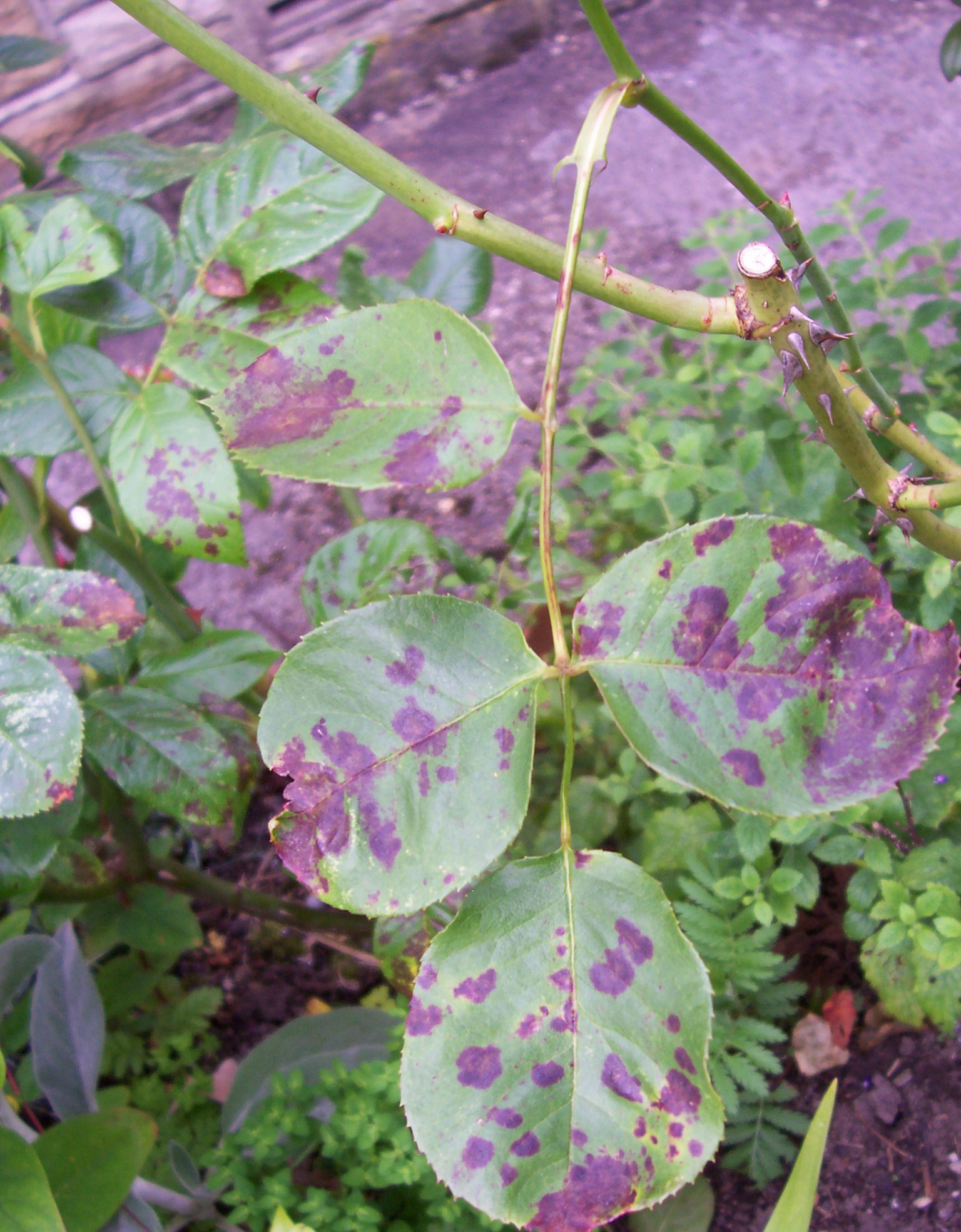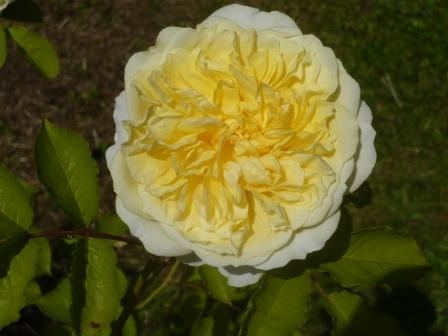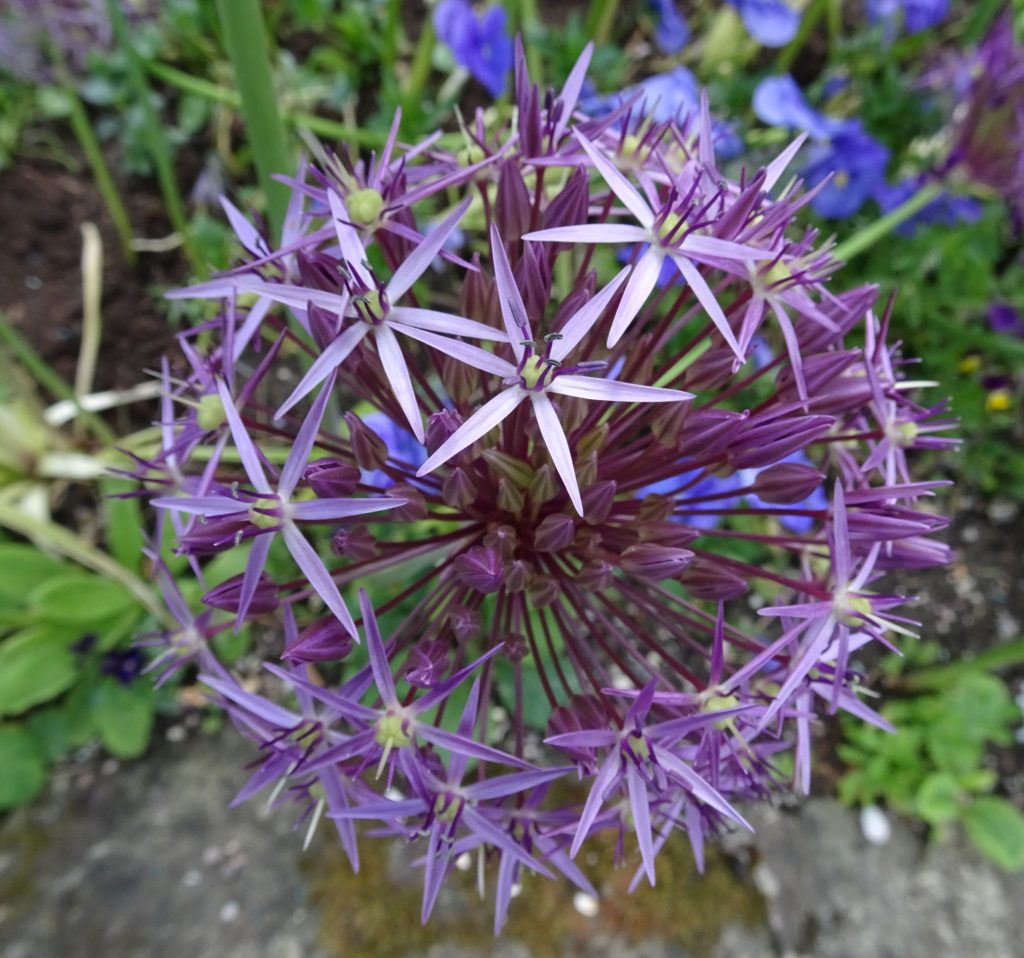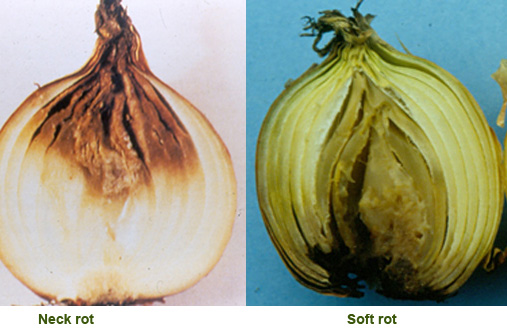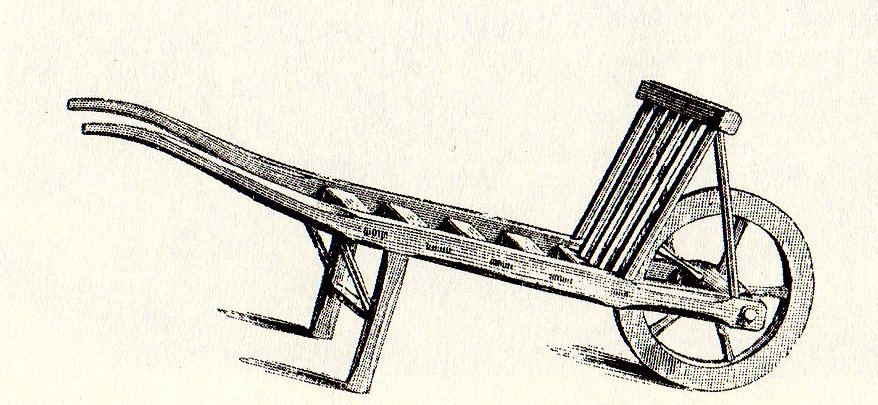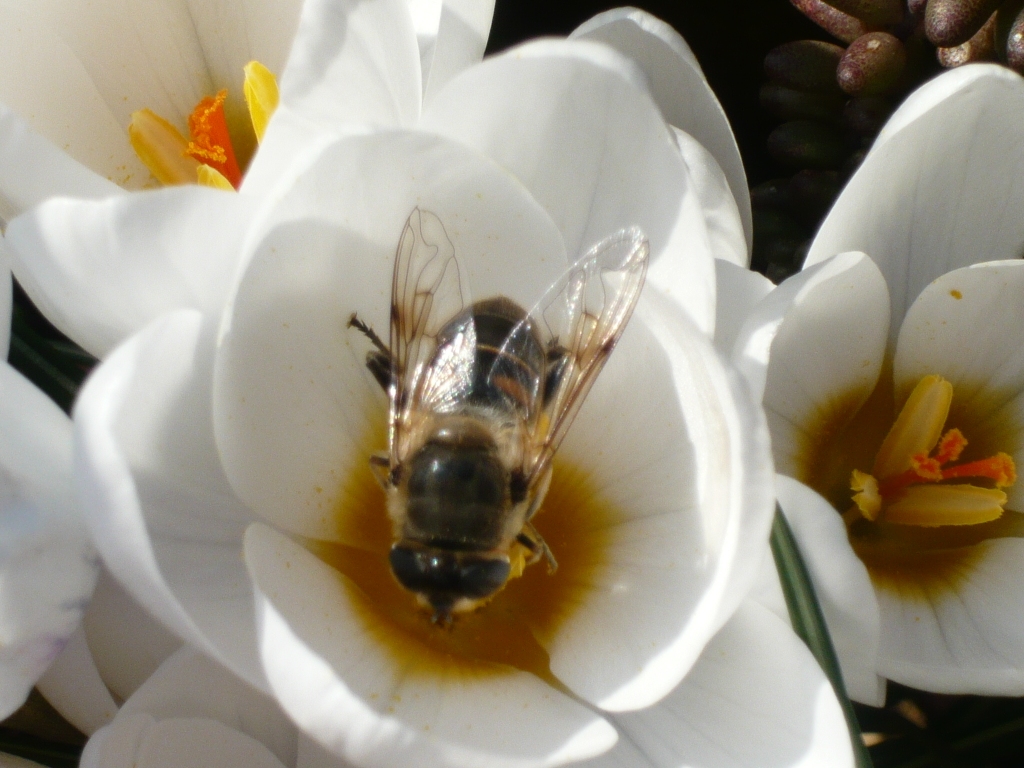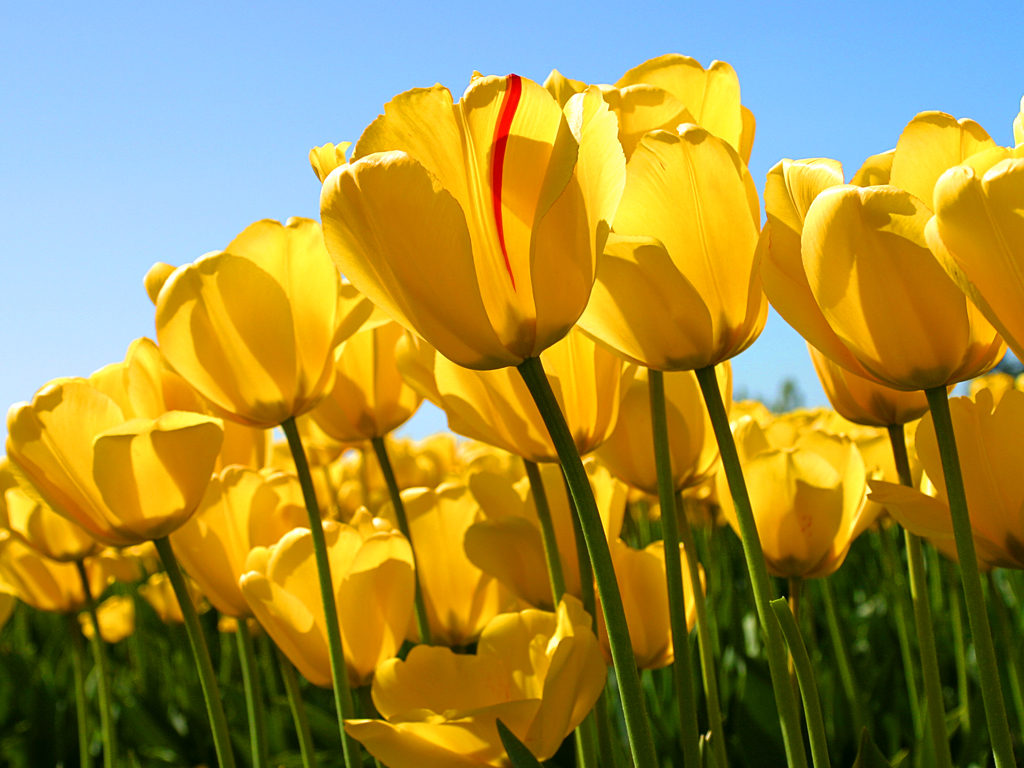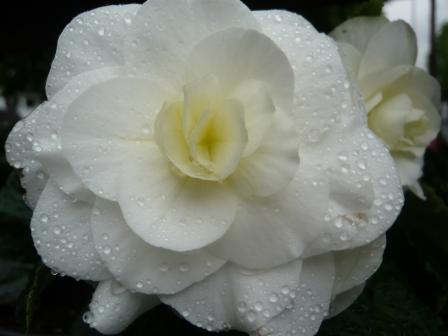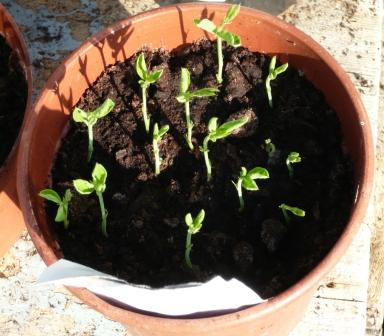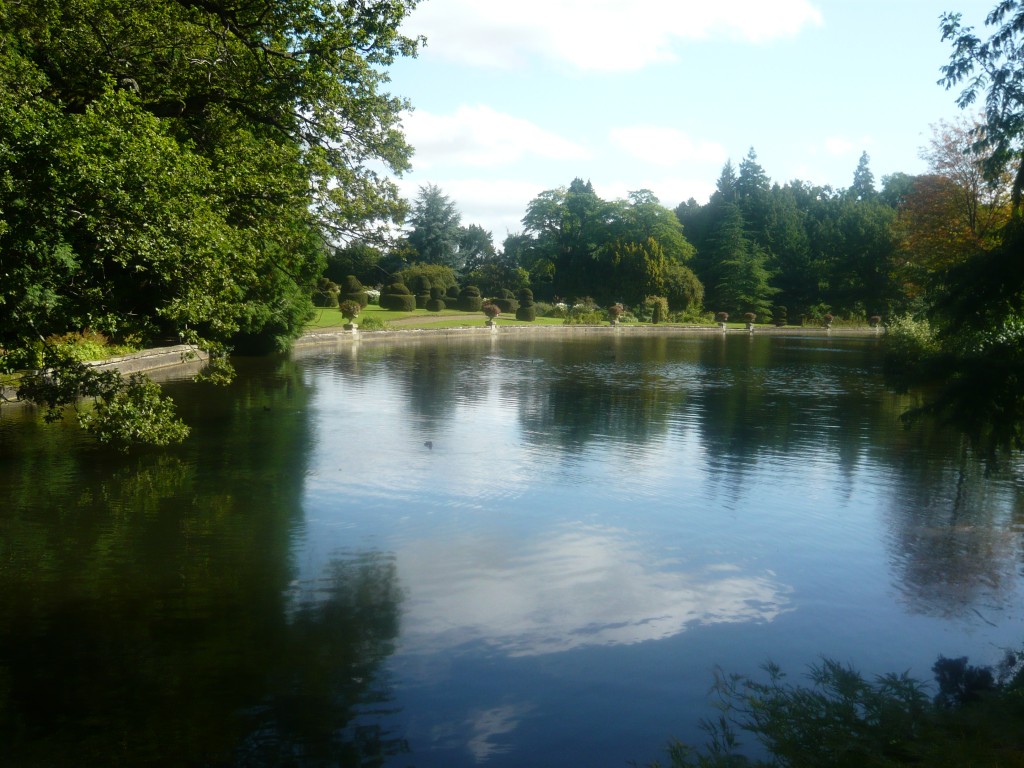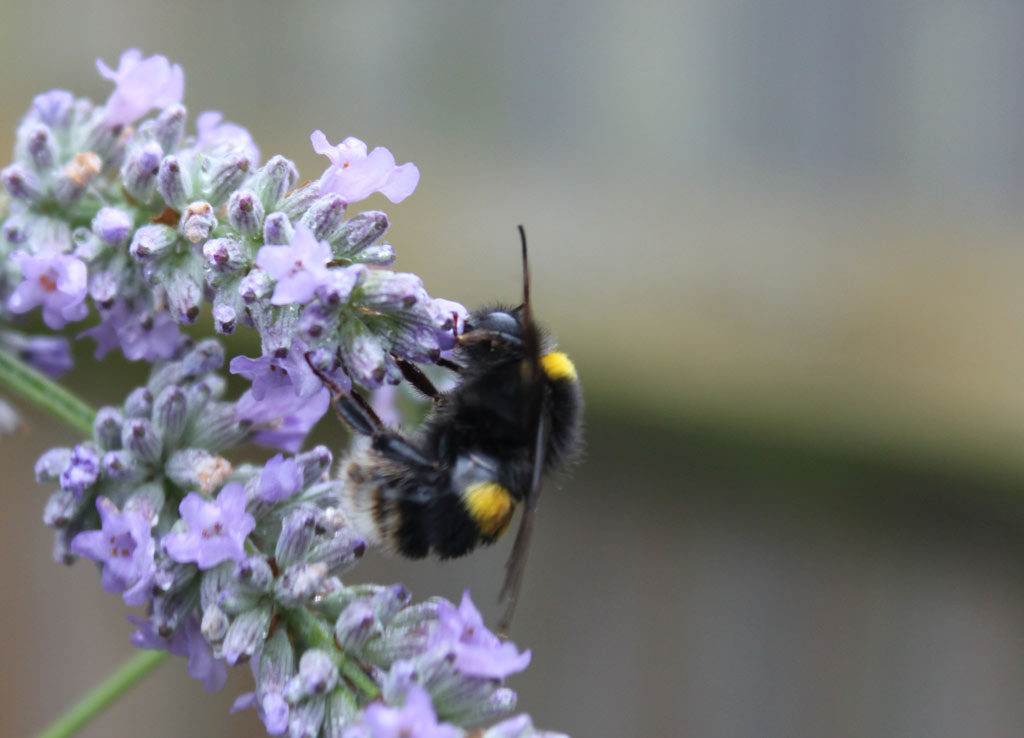Saxifraga a Collectors Dream
There are enough different saxifraga within the genus to satisfy the most ardent plant collector and breeder.

Saxifraga Karels Carpet
There are over 300 identified species and a great number of hybrids referenced in to sixteen separate sections.

Saxifraga burseriana ‘Sulphur’
Then in addition some of the main sections will hybridise and there are numerous variations to collect.
Kabschias and Englerias are quite similar hybridising like mad. They flower early in pots or tufa crevices. Silver Saxifrages Ligulatae, Dwarf Cushion Porphyrion, London Pride Saxifrages Gymnopera and Mossy Saxifrages are other groups to collect.

- Â The Plant Heritage National Collection of Kabschia Saxifrages is housed at Waterperry. The curator, Adrian Young, says ‘a huge band of followers are attracted by their size and compact habit as well as the beautiful flowers’.
- Â Cambridge University houses the National Collection of European Saxifrage in the Mountains House
- The Saxifrage Society membership is a very reasonable at a fee of £10 per annum.
- The Alpine Garden Society
